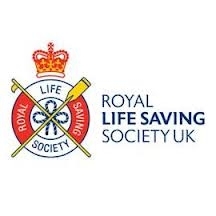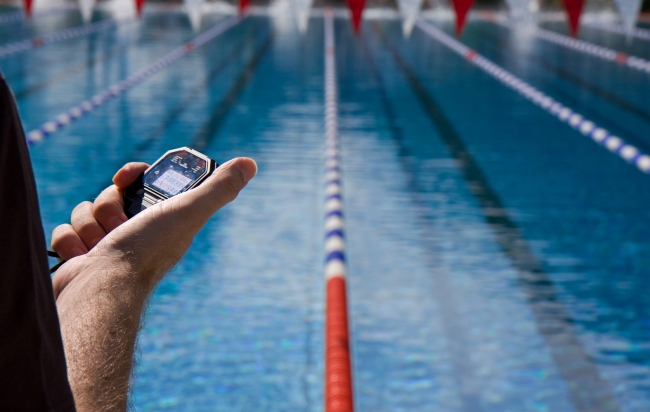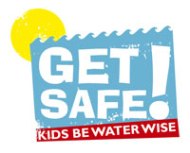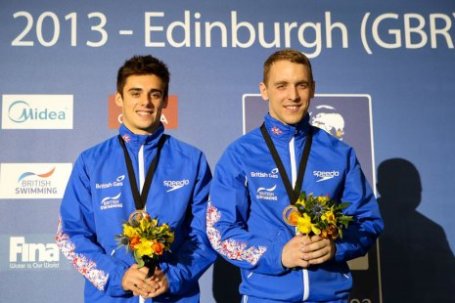
Open water swimming is currently one of the fastest growing sports in the country. With lakes and lochs of all shapes and sizes in Great Britain, open water swimming certainly has its appeal. With no lane ropes and pool walls – it knows no boundaries.
If you’re thinking of challenging yourself away from the pool then open water swimming is a great way to take it to the next level.
We’ve put together a few tips to take into consideration when taking part in this exciting sport!
1. Draft, Draft, Draft
Drafting, is the technique of following another swimmer so closely that water resistance is reduced and can be a key part to open water swimming. Sometimes it can help you, and at other times hurt you. There are key facts about drafting to keep in mind, the first one being the faster the lead swimming, the better your draft will be with all other things equal. Secondly, the physically larger the lead swimmer, the more beneficial the draft is those behind and finally the closer you are to the lead swimmer, the better your draft.
2. Time when you sight
The dilemma all open water swimmers face: The more you look, the more tired you will get, but the less you look, the less straight you may swim! So why not practice regular sigh-breathing in the pool, lifting your head forward in rhythm with your breathing. Open Water swimming coach Michael Collins suggests trying to look up every eight strokes and gradually working up to more strokes between sight checks.
3. Make sure you’ve got the correct goggles!
Don’t wait until a race to try a new pair of goggles, find a pair that you are really comfortable with and allow you to see properly.
4. Breathe on both sides (if you can!)
Open water swimming can be highly competitive to it’s best to breathe to the opposite side when someone is near you, otherwise you could end up getting hit in the face or even lose your goggles.
5. Really practice your sighting
When making the transition from the pool to open water try practising swimming with your eyes closed when in the pool for around 8 – 10 strokes. This will really help you learn to swim straight without having to use the bottom of the pool as a guide. Ideally you may want to limit how high you lift your head as this will cause your hips to drops, so try just below the goggle line.
For more tips on getting into open water swimming why not look at GoSwimming’s useful guide.
If you are interested in taking part or just fancying seeing this great sport in action then the WMR Open water event in due to take place in the West Midlands on Saturday 22nd June. Or why not have a look on the ASA’s calendar to see what events are happening near you!
Image Credit: dailynews.openwaterswimming.com















